cultură şi spiritualitate
Being a female artist in Europe between the 15th and 17th centuries was, unsurprisingly, incredibly difficult. In the Cinquecento in Italy, for example, leading male artists were crowned with the term virtuoso (which translates to “mortal god”), while women artists were widely overlooked and given few opportunities to create. But they still did.
The women, several of whom are listed below, weren’t fazed by critics who said the painter’s brush is “more manly,” or the dim minds who referred to them as the more “passive sex.” These women fervently fought back, developing innovative painting techniques and advancing younger generations of female artists, teaching them to eschew the men who would try to stifle their development. And now their legacies have become more plain to see than ever, thanks to long-overdue museum exhibitions and market recognition: The Flemish Baroque sensation Clara Peeters has currently taken over Museo del Prado with a major solo show, and auction sales are strong for Elisabetta Sirani. Meanwhile, Artemisia Gentileschi, her contemporary, is the focus of a show at Rome’s Palazzo Braschi, and her auctioned works fetch well above their million-dollar estimates.
Sofonisba Anguissola
B. 1532, CREMONA • D. 1625, PALERMO

Anguissola is one of the few female Renaissance artists who has received global recognition for her contribution to art. Born in Cremona in northern Italy, Anguissola was known to have traveled around Italy—even earning praise from Michelangelo—before arriving at the Spanish Court, where she painted portraits of King Philip II and his family.
Anguissola’s technically advanced paintings didn’t just push boundaries within the genre of portraiture; They attacked Renaissance conventions of the “woman as object.” Take, for instance, her Self Portrait with Bernardino Campi (1550), a portrait of the artist being painted by her then-teacher. At first, it appears to be a classic case of gender imbalance, with the male teacher, Campi, dictating Anguissola’s appearance. But a closer look reveals Anguissola to be poking fun at tradition by depicting her master painting the embellished details of her dress—the kind of activity normally delegated to an apprentice—as she herself, the artist, asserts her own and her master’s appearance. It’s a nearly 500-year-old rejection of patriarchal authority.
Levina Teerlinc
B. 1510, BRUGES • D. 1576, LONDON
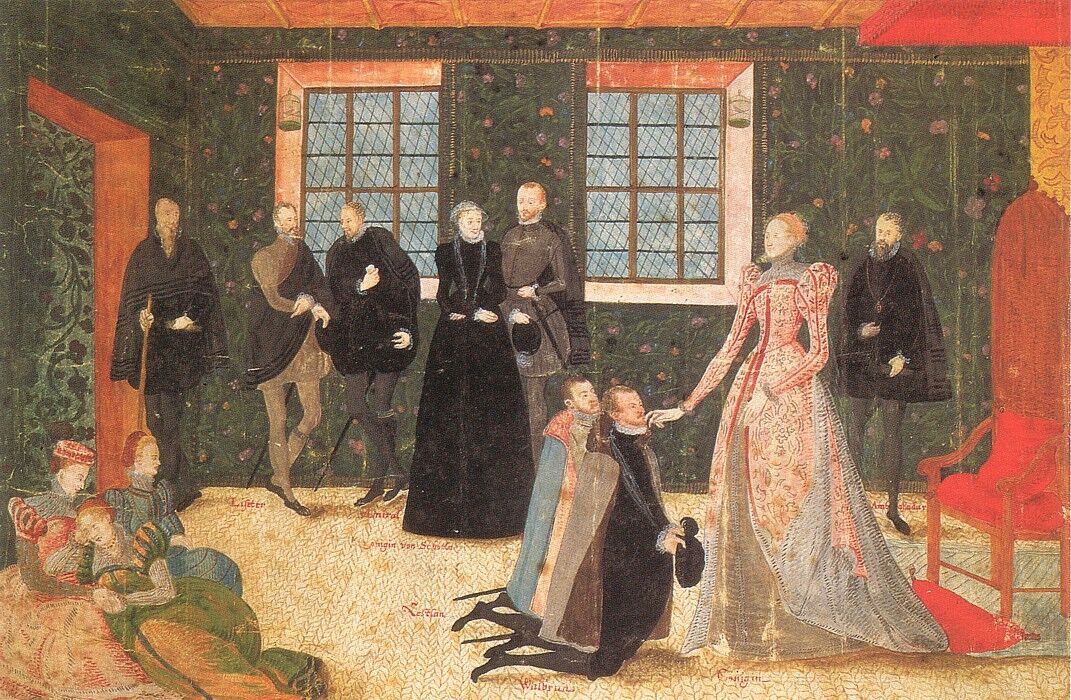
Born in Bruges to the renowned artist Simon Bening, known for his illuminated manuscripts, Teerlinc mastered a unique facet of Flemish Renaissance portraiture: She was a prolific miniaturist. Her meticulously crafted portraits and scenes of 16th-century life caught the eye of King Henry VIII, who invited Teerlinc to live in England as their court painter, succeeding the late Hans Holbein, who had been paid a notably lower salary. With this prestigious opportunity, Teerlinc went on to produce intricate “objects of desire” that documented the opulence of the Tudors as she also modernized the medium with the addition of text.
Lavinia Fontana
B. 1552, BOLOGNA • D. 1614, ROME
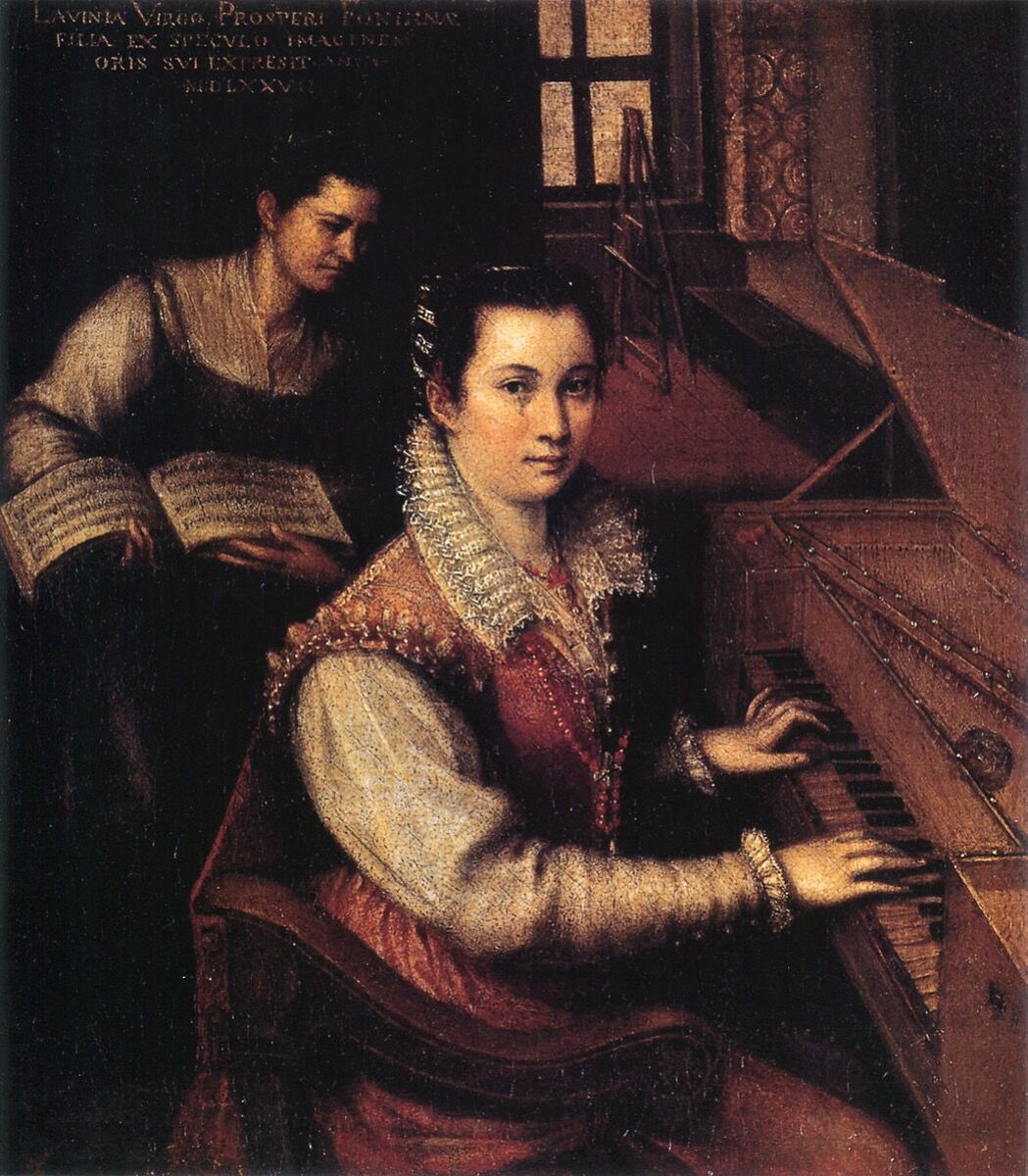
Known as a strong-minded character, Bologna-born Fontana found fame in advancing portraiture techniques by cleverly slipping symbolic still lifeobjects into her paintings. Her style was especially admired by Pope Paul V, one of her many sitters. Not only did this technique exhibit her considerable artistic skills, it gave spectators insight into her intellectual, rarified way of living, as seen in Self Portrait at the Clavichord with a Servant (1577), for example.
In 1611, three years before her death, Felice Antonio Casone struck a medal in her honor that depicts the artist at work, bursting with imaginative ideas, her head covered with wild strands of hair. Her mouth is bound, symbolizing the “mute poetry” of her painting.
Catharina van Hemessen
B. 1528, ANTWERP • D. 1588, ANTWERP
Plain clothing, solemn expressions, and dark backgrounds were typical of van Hemessen’s Renaissance portraits. And while these characteristics may not sound flattering for her sitters, she was nevertheless a prolific portrait painter, even if her ghostly portraits of females often made them far from desirable.
Along with her general disregard for gender, van Hemessen is credited as the first artist to paint a self-portrait at an easel, as seen in Self Portrait (1548). The inscription reads: “I Caterina van Hemessen have painted myself / 1548 / Here aged 20.” With her signature forlorn face, she chose to immortalize herself as a “woman who worked.”
Elisabetta Sirani
B. 1638, BOLOGNA • D. 1665, BOLOGNA
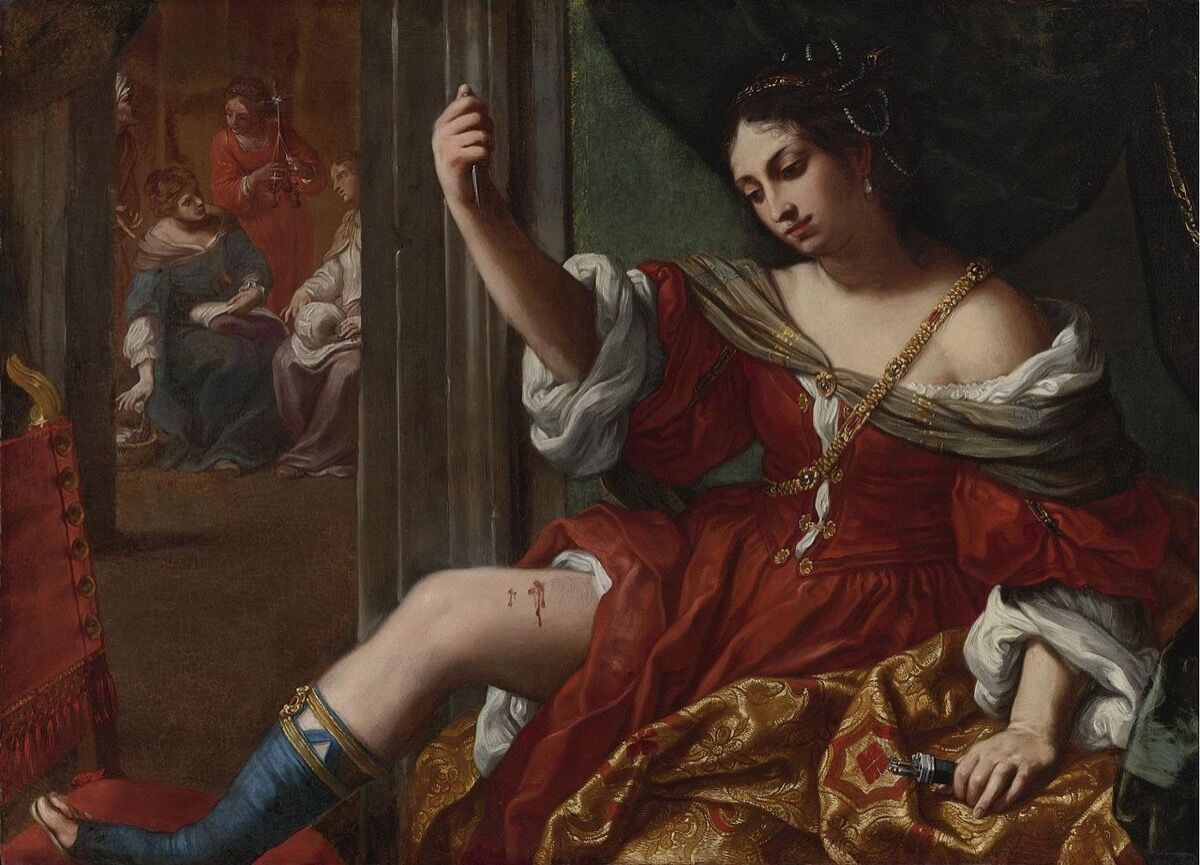
A believer in “plain living and high thinking”—her words for working precisely and quickly—Sirani supported her family from the age of 19, churning out over 200 works in her too-brief career. By her mid-teens, Sirani had already outpaced her teachers, including her painter father, and soon enough was earning herself commissions from the likes of alpha-patron Grand Duke Cosimo III de Medici. A teacher to more than a dozen female artists in the fertile city of Bologna, Sirani died suddenly at age 27. Some scholars believed her death was due to overworking; others claim she was poisoned.
While alive, she dedicated her canvases to striking biblical and allegorical scenes featuring women, usually infused with deft chiaroscuro. Her paintings of Mary Magdalene and Dahlia are portrayals of bold women, but it is Portia Wounding Her Thigh (1664) that highlights a breakthrough in depicting the courageous modern woman in a calm, virtuous pose.
Clara Peeters
B. CIRCA 1589, ANTWERP • D. AFTER 1657
With her paintings currently on view in Museo del Prado’s first-ever female solo show, Peeters is having her very own renaissance as the world rediscovers the Flemish-born artist’s meticulous paintings. Wines, breads, and fruits, all delectably spread out on platters, star in her still lifes. However, look carefully at the reflections in the goblets and you’ll see miniature self-portraits of the artist at work. With her face tucked into her skillful works, this Baroque artist is discreetly demanding to be seen—perhaps so her legacy as an artist will always endure.
Judith Leyster
B. 1609, HAARLEM • D. 1660, HEEMSTEDE
The Dutch-born Leyster’s brash use of brushstrokes resulted in a style far beyond her time. Her bright, jolly portraits of musicians—usually mid-song—display psychologically charged facial expressions of sitters who were often paired with still life objects, emphasizing the artist’s skill at combining genres.
With such an abundance of modern motifs, it’s not surprising that future painters were inspired by her methods, as was exemplified in an 1892 court case addressing an issue with what was supposedly a Frans Hals painting that had been sold to the Louvre. The court found that the painting, which had received praise from the likes of Claude Monet, was in fact signed with the initials “JL”—more proof of Leyster’s leading-star status.
Artemisia Gentileschi
B. 1593, ROME • D. 1653, NAPLES
Born on the cusp of the Baroque era, Gentileschi created highly dramatic, at times blood-ridden scenes that some consider to be more striking than any painted by woman before. Many attribute this to her sexual assault, at the age of 19 by her much older teacher and friend of her artist-father, Orazio Gentileschi. It has been argued that she projected herself into her scenes of powerful women, many of whom were often exacting revenge. Today, she is recognized as one of the most skilled of Caravaggio’s followers.
With a career that spanned a staggering 40 years, Gentileschi’s canvases were never timid. In the past, scholars argued it was “hard to believe” a woman was behind these canvases, though her triumphant portrayals of biblical and Roman heroines were seemingly unlikely to have been painted by a man. Her determined, psychologically advanced depictions of Judith and Lucretia were embedded with stunning lighting effects à la Caravaggio. It would be a mistake to let the traumatic experiences from her youth override her formidable skills as a painter.
Adaugă un comentariu
© 2024 Created by altmarius.
Oferit de
![]()
Embleme | Raportare eroare | Termeni de utilizare a serviciilor
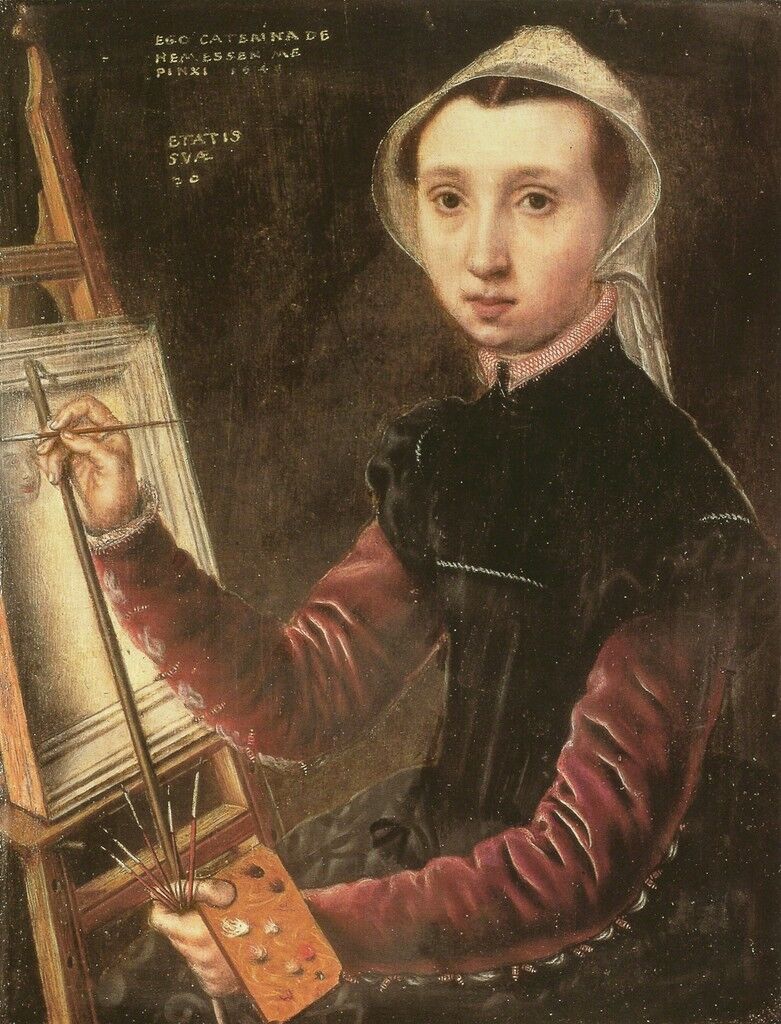
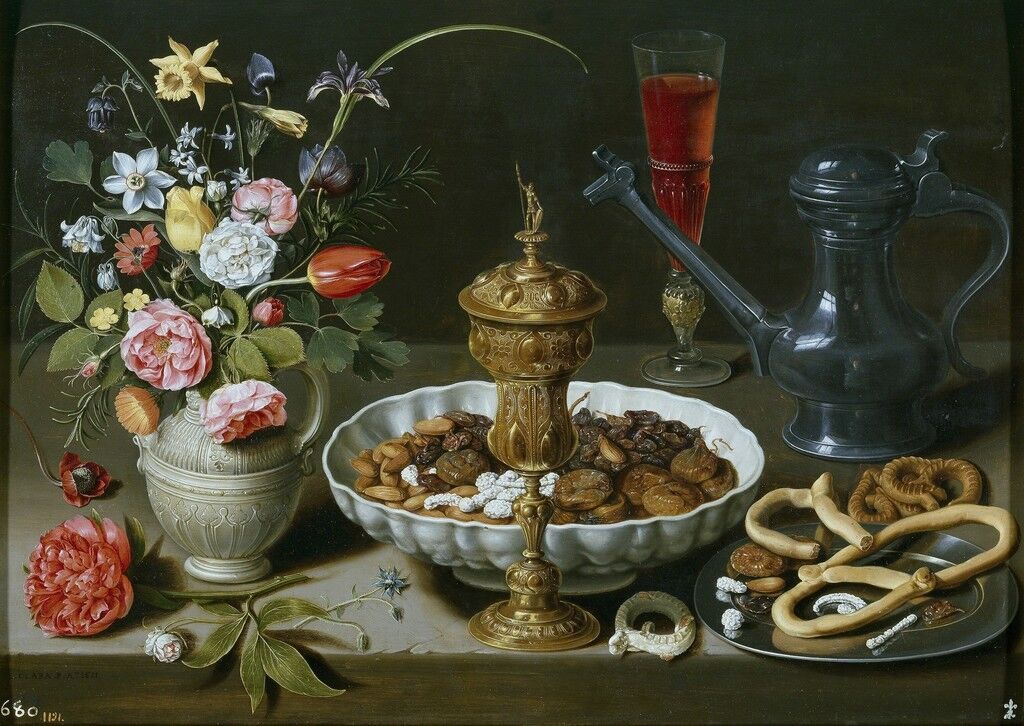
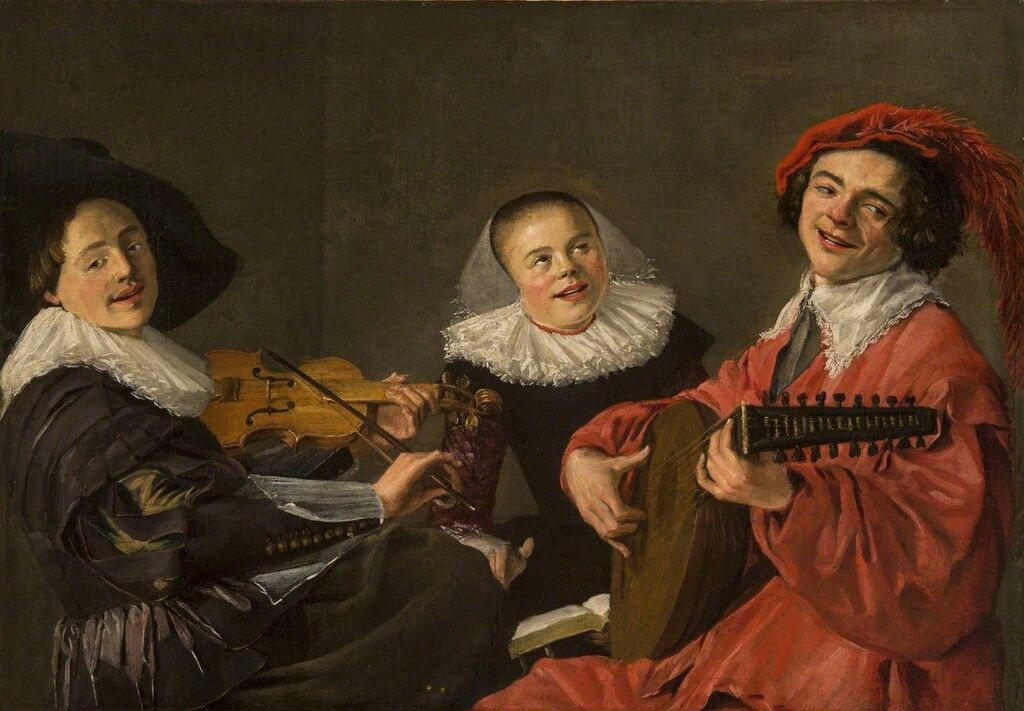

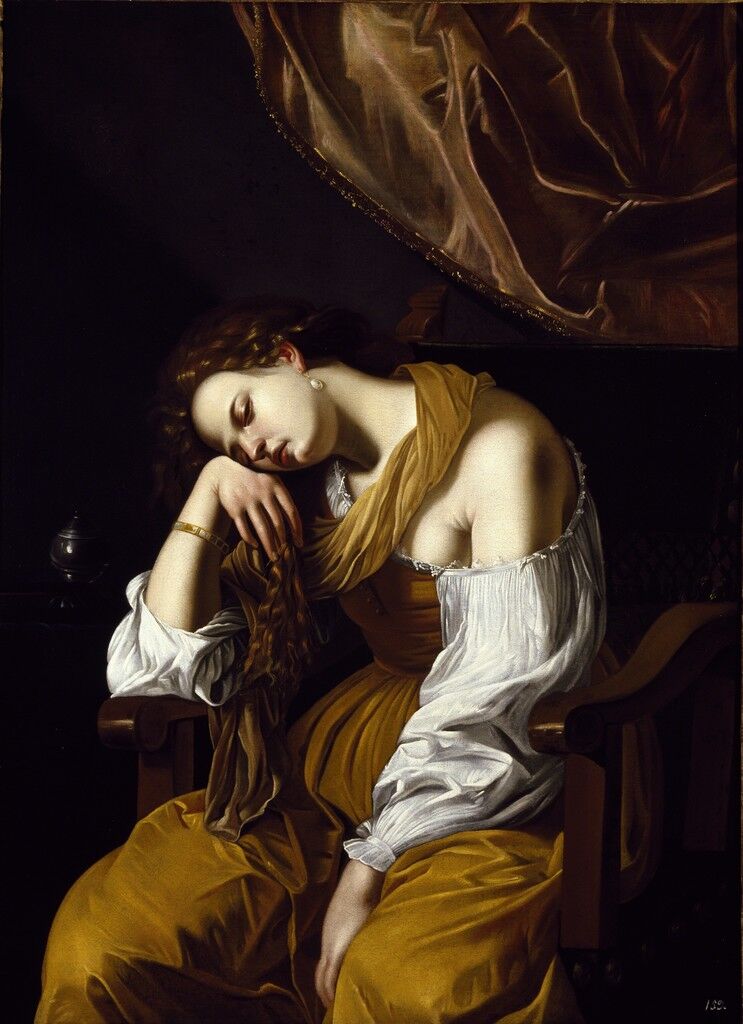














Pentru a putea adăuga comentarii trebuie să fii membru al altmarius !
Alătură-te reţelei altmarius